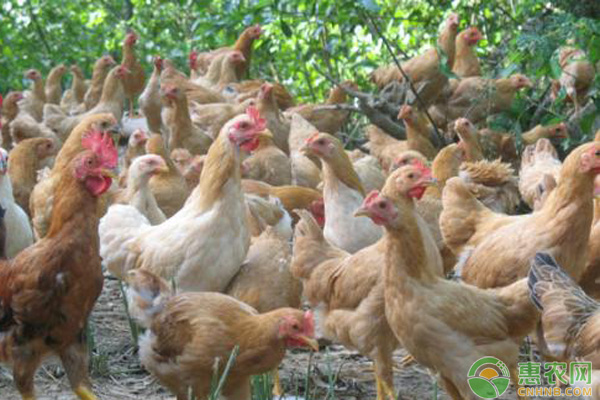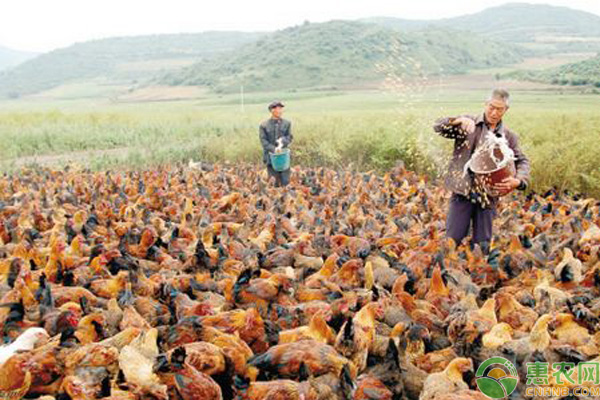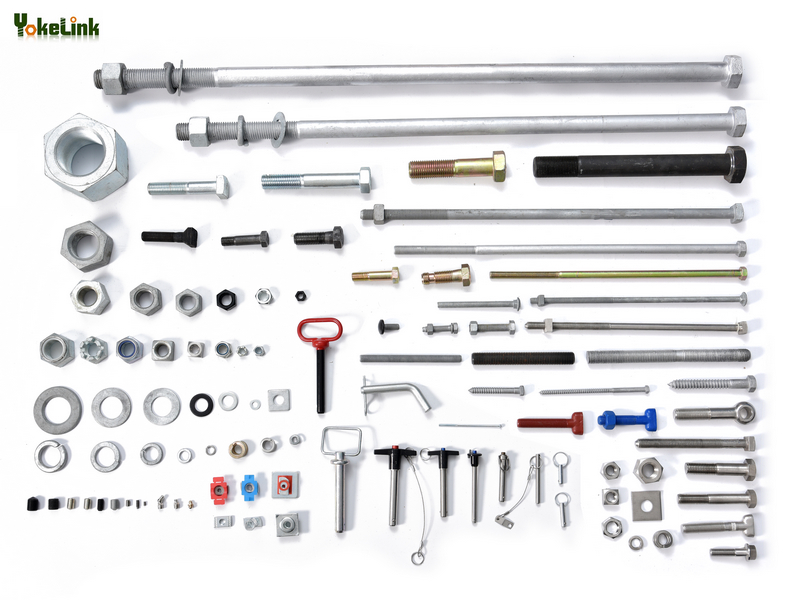Nowadays, the countryside is constantly developing, and various aquaculture industries are quietly growing in the countryside. Among them, the chicken breeding industry is the most common. Farmers will find a variety of chicken diseases during the chicken raising process, then you have an understanding of chicken coccidiosis? Let's take a deeper understanding together!

The risk of chicken coccidiosis
Chicken coccidiosis is the most harmful disease in the development of aquaculture, and it is becoming more and more serious as the degree of intensification increases. Although the application of anticoccidial drugs can prevent the outbreak of the disease. However, the harm caused by clinical infection is quite common, and it causes huge economic losses caused by slow growth of the flock and decreased egg production.
According to the data, the total value of anticoccidial drugs used in the world has reached 300 million U.S. dollars per year. In the United States alone, the disease caused a loss of 200 million U.S. dollars to the American chicken industry. According to the survey of Beijing Agricultural University in China, the incidence rate in some places in China is as high as 100%. In recent years, due to the continuous expansion of the range of drug resistance and the awareness of the degree of hazard caused by excessive drug residues, the anticoccidial drugs that can be used have gradually narrowed. Therefore, the research and application of anticoccidial vaccines have become coccidiosis. The inevitable trend of prevention.

Advances in research on immune control of chicken coccidiosis
As early as the 1930s, Tyzzer et al. discovered and reported that coccidiosis chickens can exert strong immunity against further invasion of coccidia. If every chicken ingests 1 to 20 infectious eggs per day, you can get Strong resistance has opened the curtain of coccidiosis immunity research. It is now known that low-level coccidia carrying chickens has strong immunity to reinfection, which is also the theoretical basis for the study of chicken coccidia infection.
The earliest research on the immune control of chicken coccidia in the history is Dickinson in the United States. The method used is to mix five kinds of coccidia live oocysts in the feed, and then sulfaquinoxaline is given for treatment at 24 to 36 hours after inoculation. It shows that good group immunity is formed. However, due to the large amount of oocysts, the operation is complicated and cannot be promoted and applied. Later, Edgnar created a method of using less oocysts, infusing 4 to 10 day old chicks with mixed oocysts by drinking water or feed, and obtaining strong immunity through repeated infection of the progeny oocysts that were propagated on the bedding.
In 1952, the world's first chicken cocci seedling, Coccivac (virulence strain), was produced. In 1972, Long first used the method of chicken embryo passage to breed the E. rellla attenuated strain, which has greatly reduced the pathogenicity, but still maintains the original immunogenicity. In 1975, Jeffers obtained a latent mature E. tenella strain with a latent recession by repeatedly selecting early oocysts, and the pathogenicity of the strain decreased with the shortening of the incubation period. Maintained good immunogenicity. A coccidiosis vaccine consisting of seven early-maturing and attenuated strains developed by the Houghton Poultry Research Institute in 1992 was launched and listed in the UK and Ireland. In 1985, Lee of Canada developed a coccidiosis vaccine (virulence strain) consisting of four kinds of oocysts.
China's research on immune prevention of chicken coccidiosis started late, but it has also achieved certain results. It has successfully developed chicken embryos to pass on weak insects and early-maturing strains of Eimeria tenella, giant Emerald. Coccidial early-maturing weakened strains, early-maturing and weakened strains of Eimeria, and immunoassay, obtained relatively accurate immune protection. Yang Zhenzhong passed the 5-year field test to confirm early maturity and weak insects. The seedling has a good immune effect, and its protection rate can reach more than 95%. Filled the gap in China's coccidiosis vaccine.
Despite the great success of vaccinology research, there are still many unsatisfactory existing vaccines. In recent years, researchers in various countries have been working on another type of vaccine, nucleic acid vaccine (or inanimate vaccine), 1995. The World Health Organization has named plasmid vaccines, genetic vaccines, and DNA vaccines as nucleic acid vaccines. The advantage is that it can prevent the damage of the animal itself to the animal body while maintaining its antigenic activity. Nucleic acid vaccines have initially shown their attractive advantages in coccidiostat control.
Danforth and Augustine studied the internal antigen of sporozoites with monoclonal antibodies, and found that the significant antigens are mainly located in the refractive index (RB), and their relative molecular mass is 21,000-28000. RB has the asexual development stage of Eimeria. Significance.
In vitro experiments have shown that when Eimeria tenella develops, it can inhibit the development of schizonts, and RB antigen may become a new member of the coccidia subunit vaccine. In 2000, Wu Qiuyu of China selected a recombinant baculovirus with high-efficiency Etp28 fusion antigen, expressed it in insect Sf9 cells, prepared recombinant antigen, and injected Aiwei chicken into immunoprotection test, which achieved certain effects in coccidiosis. A useful exploration has been made in the development of subunit vaccines.

The thermal stability of a nucleic acid vaccine is one of its most important advantages. This is an irreplaceable alternative to other vaccines, and it will play an important role in increasing the prevalence of immunization prevention. Nucleic acid vaccines can be used to achieve non-injection immunization such as oral immunization, mucosal immunization and immersion immunization by means of gene guns, viral vectors, etc., which can further expand the practicability of vaccines, making them more suitable for population immunization, and for the development and manufacture of vaccines. Brought new hopes.
It is believed that with the completion of various vaccine research on chicken diseases, chicken raising will be more rapid and management will be easier. Chicken farmers should always have confidence!
Yokelink supply a vast range of Industrial Fasteners to DIN, ISO & ANSI standards, including: Nuts, Bolts, Screws, Washers .There are hundreds of combinations of materials, heads, threads, plating, heat treating, and secondary operations. The materials and finishes including Steel, Brass, Stainless Steel, Aluminum, Zinc plating, Galvanized and Black. Providing standard and specialised Fastener solutions, coupled with industry customers. We also have the flexibility, capacity and expertise to manufacture fully customised fasteners specific to your application.

Bolt, nut, washer, stud, screws
Ningbo Yokelink Machinery Co.,Limited , https://www.yokelink.com